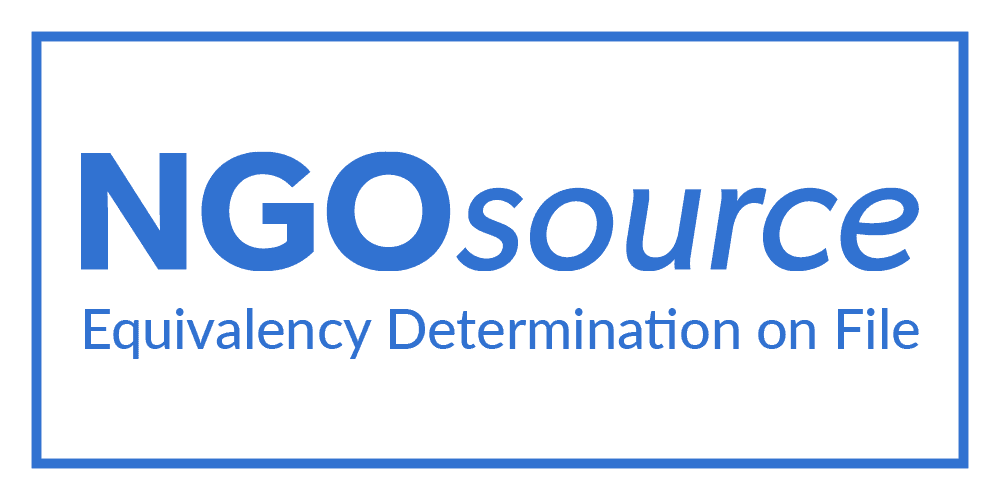Regulating for innovation: an evolving framework
Regulating for innovation: an evolving framework
31 August, 2019 •This focus note aims to equip regulators with a decision framework that illustrates the available tools required to regulate for innovation.
Why is it necessary to regulate for innovation?
Digital innovation is changing the nature of financial markets. Innovation can create opportunities, enhance efficiencies, increase competition, drive scale, and improve the reach and value of financial products and services to consumers. However, with innovation also comes risk, and due to the novel nature of innovation, it is often not fully accommodated in current regulatory frameworks.
Given that innovation brings with it both benefits and risks, it is the regulator’s role to proactively consider the trade-offs between the two:
- On the one hand, the benefits from innovation create an imperative for the regulator to ensure that both the regulatory framework and its actions in regulating do not hamper innovation, but rather promote or facilitate it.
- On the other hand, the regulator has a duty to protect consumers against any risks arising from innovation. The regulator is faced with balancing its mandate to develop the market with its mandate to protect consumers.
How can this framework equip regulators?
The framework serves as a toolkit for regulators on how they can better encourage and facilitate innovation in their markets whilst protecting consumers thereby fulfilling both market development and consumer protection mandates. It depicts the two components of regulating for innovation: one addressing the role of the policymaker, the other addressing the role of the regulator.
A range of tools exist to give effect to the functions of a regulator’s mandate. Regulators can use the framework to help navigate their role and guide their decisions in regulating for innovation.
A key takeaway is that engagement tools wield significant power and should not be overlooked. Proactive engagement and encouragement may be as impactful, if not more so, than effecting legislative amendments.
A living framework
It is intended that the regulating for innovation framework remains a “living” framework that will develop and evolve with each update. Despite its genesis in insurance, the regulating for innovation framework is applicable to and cuts across the financial sector. It is thus useful to decision makers across the sector, regardless of the jurisdiction’s division of roles, or the regulatory and supervisory model in place. Future plans include the implementation of the framework with regulators spanning the financial sector in multiple jurisdictions and improving the framework with each learning.
This work forms part of the Risk, Remittances and Integrity programme, a partnership between FSD Africa and Cenfri.
